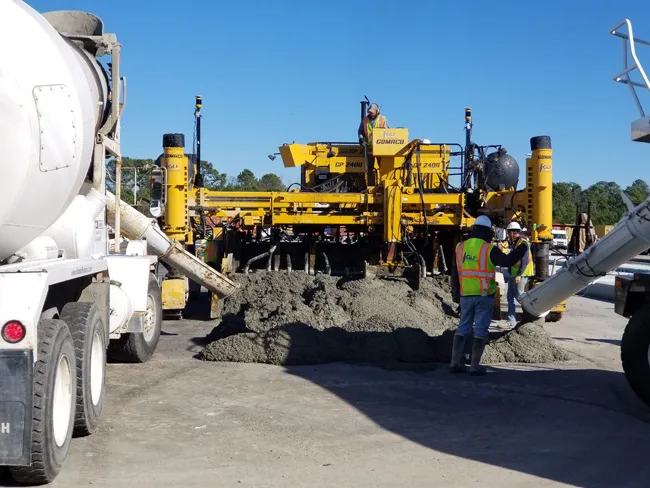
Trimble says that its new IonoGuard system is a next-generation technology designed to mitigate ionospheric disruptions in positioning and navigation. It can help to minimise performance impacts caused by scintillation or signal noise.
Referred to as solar activity, ionospheric disturbances peak every 11 years. The next major disruption, Solar Cycle 25, is expected to peak between 2024 and 2026. Ionospheric activity can impact the quality of GNSS signals, leading to the degradation of position accuracy. This type of disturbance can impact on high precision GNSS users in equatorial and high latitude regions and global disruptions can happen at the height of the solar cycle.
Available as a downloadable firmware update on Trimble GNSS receivers using Trimble ProPoint GNSS positioning, IonoGuard features the latest developments in Trimble’s precision receiver hardware design and signal tracking, improving positioning performance in challenging environments. This will minimise the risk of a complete loss of GNSS signals and boost signal accuracy and integrity.








